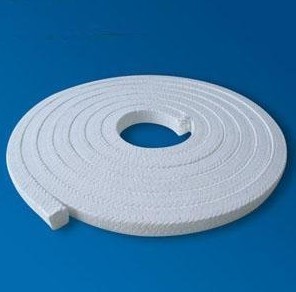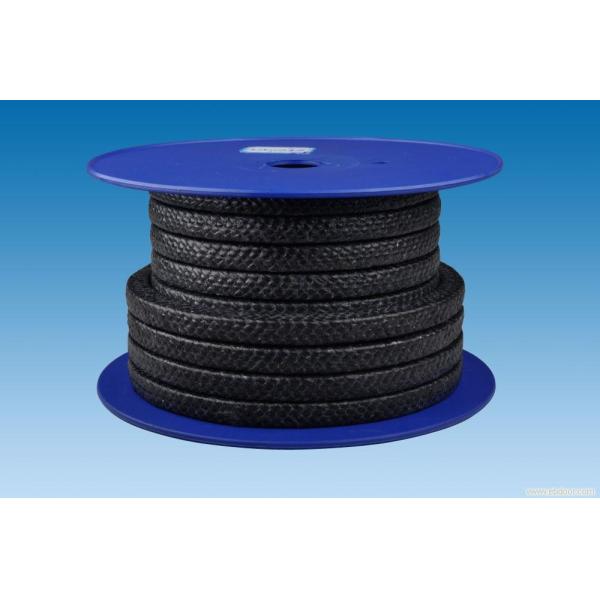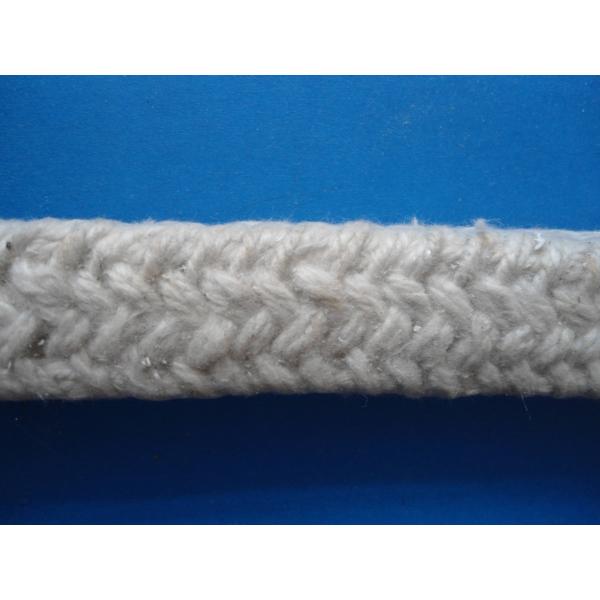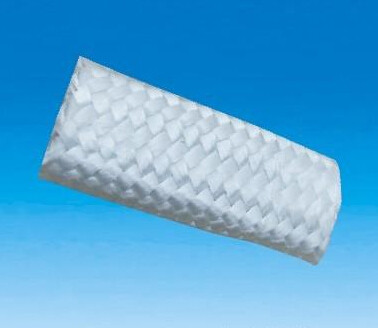An Expert Guide to Graphite Packing for Industrial Applications
Graphite packing is a high-performance sealing material designed for extreme conditions in industrial machinery. Recognized for its exceptional thermal stability, chemical resistance, and self-lubricating properties, it serves as a reliable sealing solution in pumps, valves, agitators, and other equipment handling aggressive media or high temperatures. Its flexible, braided structure allows for easy installation and effective containment of fluids and gases, minimizing leakage and extending equipment lifespan. Industries ranging from chemical processing and power generation to oil & gas rely on graphite packing to maintain operational integrity and safety.
Key Product Parameters of Graphite Packing
Understanding the technical specifications of graphite packing is crucial for selecting the right product for your application. Below are the primary parameters detailed for professional reference.
- Material Composition: Pure flexible graphite, sometimes reinforced with Inconel wire or other alloys for enhanced strength.
- Temperature Range: Capable of operating from -200°C to 3000°C in non-oxidizing atmospheres, and up to 450°C in oxidizing environments.
- pH Range: Chemically inert, performing optimally across a pH range of 0 to 14.
- Density: Typically ranges from 1.1 g/cm³ to 1.8 g/cm³, affecting compression and sealing capability.
- Tensile Strength: Varies based on reinforcement, generally between 8 MPa and 20 MPa.
- Thermal Conductivity: High thermal conductivity, approximately 50-150 W/m·K, facilitating heat dissipation.
- Compression Set: Low compression set (usually <10%), ensuring long-term resilience and seal retention.
- Available Sizes: Customizable square or round cross-sections, with standard sizes from 3mm to 50mm.
| Parameter | Standard Value | Reinforced Value (e.g., with Inconel) | Application Notes |
|---|---|---|---|
| Max Temperature (Oxidizing) | 450°C | 600°C | Higher temperatures possible in inert gases. |
| Max Pressure (PSI) | 2,000 PSI | 3,500 PSI | Dependent on shaft speed and packing rings count. |
| Chemical Resistance | Excellent against acids, alkalis, solvents | Superior with metal reinforcement | Avoid strong oxidizing agents at high temps. |
| Coefficient of Friction | 0.05 - 0.15 | 0.08 - 0.18 | Low friction reduces shaft wear. |
| Shaft Speed (m/s) | Up to 20 m/s | Up to 25 m/s | Higher speeds achievable with lubrication. |
Frequently Asked Questions About Graphite Packing
What is graphite packing primarily used for?
Graphite packing is primarily used for sealing rotating or reciprocating shafts in equipment like pumps, valves, mixers, and compressors. It prevents leakage of process fluids, including hot water, steam, chemicals, and gases, in high-temperature and high-pressure environments common in industries such as chemical processing, refineries, and power plants.
How does graphite packing handle extreme temperatures?
Graphite packing excels in extreme temperatures due to the inherent properties of graphite, which has a high melting point and maintains structural integrity from cryogenic levels up to 3000°C in non-oxidizing atmospheres. In air or oxidizing conditions, it is generally rated up to 450°C. The material does not brittle or degrade, ensuring consistent sealing performance under thermal cycling.
Is graphite packing resistant to chemicals?
Yes, graphite packing offers excellent chemical resistance across a broad spectrum. It is inert to most acids, alkalis, solvents, and hydrocarbons, performing reliably in pH environments from 0 to 14. However, prolonged exposure to strong oxidizing agents like nitric acid at elevated temperatures should be avoided, as it can lead to gradual oxidation of the graphite.
What are the advantages of using reinforced graphite packing?
Reinforced graphite packing, often with metal wires like Inconel or stainless steel, provides enhanced tensile strength, improved resistance to extrusion, and better performance under higher pressures and shaft speeds. The reinforcement helps maintain packing integrity in abrasive services and reduces the risk of unraveling during installation or operation.
How do I install graphite packing correctly?
Proper installation is key to performance. Clean the stuffing box thoroughly and inspect the shaft for wear. Cut packing rings to size using a mandrel or by wrapping around the shaft, ensuring butt-cut joints are staggered 90 degrees. Install rings one at a time, seating each firmly. Tighten the gland evenly, but not overly tight—allow for a run-in period and retighten after initial operation as per manufacturer guidelines to achieve optimal seal without excessive friction.
Can graphite packing be used in food or pharmaceutical applications?
While pure graphite is chemically inert, standard graphite packing may not be certified for direct contact in food or pharmaceutical processing unless specifically manufactured to meet FDA or other regulatory standards. For such applications, specialized grades with appropriate certifications and minimal extractables should be selected.
How long does graphite packing typically last?
Service life varies based on operating conditions, including temperature, pressure, media, shaft speed, and installation quality. Under standard conditions, graphite packing can last from several months to a few years. Regular maintenance, such as monitoring leakage and gland adjustment, can significantly extend its lifespan.
What maintenance is required for graphite packing?
Maintenance involves periodic inspection for leakage and gland adjustment. During initial run-in, slight leakage is normal; adjust the gland gradually to allow controlled leakage for lubrication and cooling. Avoid over-tightening, as it causes excessive heat and wear. Replace packing if leakage becomes uncontrollable or during scheduled maintenance shutdowns.







